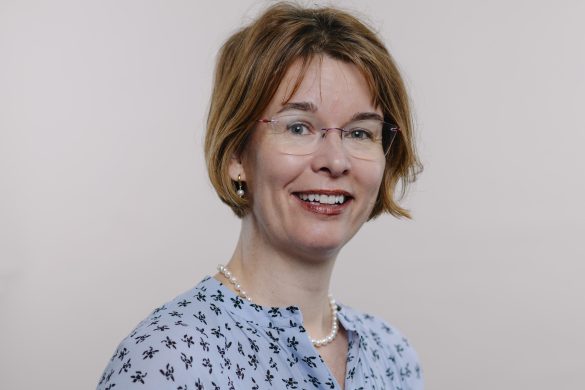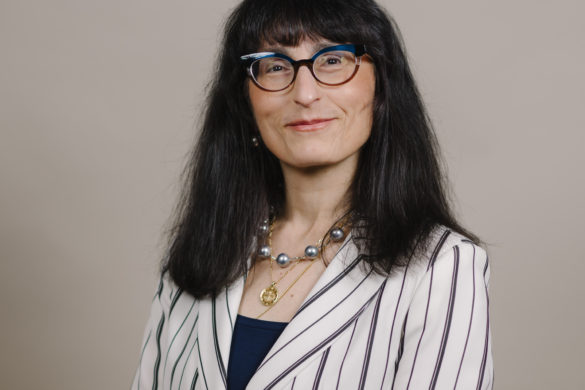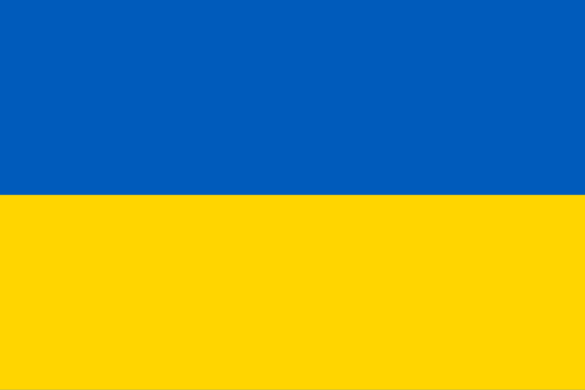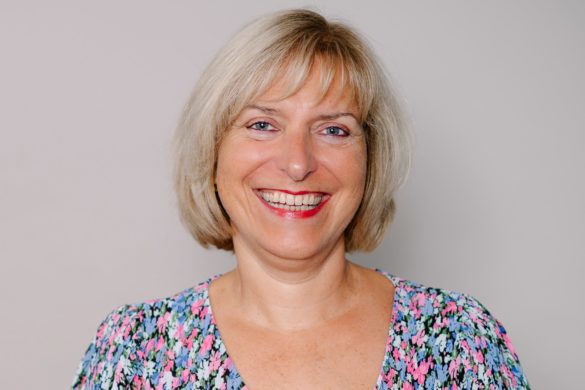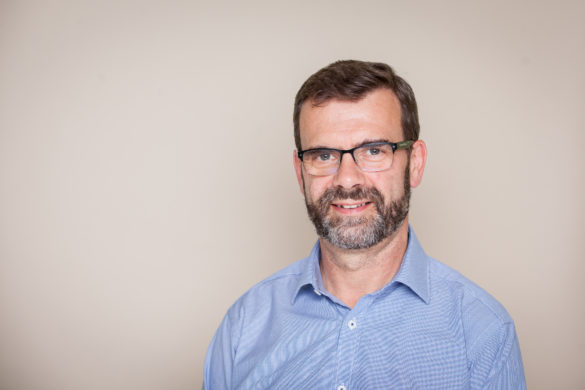The EAN is a young Society and our purpose is to promote ‘Excellence in Neurology in Europe’. This task has many facets and one of them is to engage more people in the Society. This process is presently underway.
The Board of the Society has been elected partly by the Assembly of Delegates but two positions had to be determined by the Board itself. These are the chairpersons of the Education Committee and of the Programme Committee. I am happy to announce that we were able to recruit Hannah Cock, MD, University of London as the chairperson for the Education Committee. She is epileptologist and has a longstanding experience in the field of post-graduate training. She has been working with eBrain, our Society’s online teaching platform (www.ebrainjnc.com). Paul Boon, MD from the Gent University in Belgium has been selected as the chair of the Programme Committee. He has an exceptional track record in academic neurology and is particularly interested in epilepsy and sleep. The Board and I congratulate these new members, we welcome them and look forward to a productive collaboration for the EAN. With these new members different subspecialties are now represented in the Board: Multiple sclerosis and imaging: F. Fazekas (Vice President), Per S. Sørensen (Member-at-large); stroke: Didier Leys (Secretary General), neuromuscular disorders: Marianne de Visser (treasurer); Genetics/Metabolic disorders: Antonio Federico (Chair Scientific committee); Uroneurology/clinical neurophysiology: David B Vodušek (Chair Liaison committee); Movement disorders: Günther Deuschl. It is important to have the subspecialties represented in the Board and committees of the Society and we aim at recruiting committee members for those specialties which are not yet represented.
What are other possible hot spots for engaging for this Society? We are presently searching for an Editor of Neuropenews, the monthly webjournal of the Society. We are also recruiting a Webeditor. These two media are getting more and more important and we expect that future communication will mainly go through these media. (https://www.eanpages.org/?p=7143) The aim is to broaden our interaction with our members and to further develop these resources of continuous information. Editing a web-newspaper and running a website of a scientific Society has become a major scientific task and is relevant for the CV. These two new working groups in the Society will also need an editorial board to be formed in the near future.
What other possibilities are available to work for the Society? The Society has different Subspecialty Scientific Panels (http://www.eaneurology.org/Subspecialty-Scientific-Panels.1560.0.html). Their task is to advise the Society and the Board with respect to important developments of science and patient care. The present engagement is to meet once a year during the congress and to have continuous collaboration during the year. They also have a major role in preparing the congress because they propose topics, sessions and speakers for the main programme. They propose teaching courses for the congress and have a deep insight into the development of their subspecialty.
One of the big challenges for our Society is to develop qualified guidelines of the European Academy of Neurology. This is of overwhelming importance to help our members treating their patients according to the latest state-of-the-art. So far the topics of guidelines are still limited to highly prevalent diseases, mostly because guidelines need an extensive and structured review of the literature. However, my expectation is that we will develop more and more guidelines also for less frequent diseases because the need for up-to-date knowledge is huge. We are presently developing a process on how such EAN guidelines can be proposed and will be finally produced. This process is based on the former EFNS/ENS-work flow (1) and will in particular use the GRADE-system for grading evidence and recommendations.(1) Colleagues interested to form a guideline group regarding a specific disease can approach the Chair of the Science Committee, Antonio Federico, or myself.
If you are interested in working for the EAN in one of these fields please let me know.
References:
1. Leone MA, Brainin M, Boon P, Pugliatti M, Keindl M, Bassetti CL. Guidance for the preparation of neurological management guidelines by EFNS scientific task forces – revised recommendations 2012. Eur J Neurol 2013;20(3):410-419.





